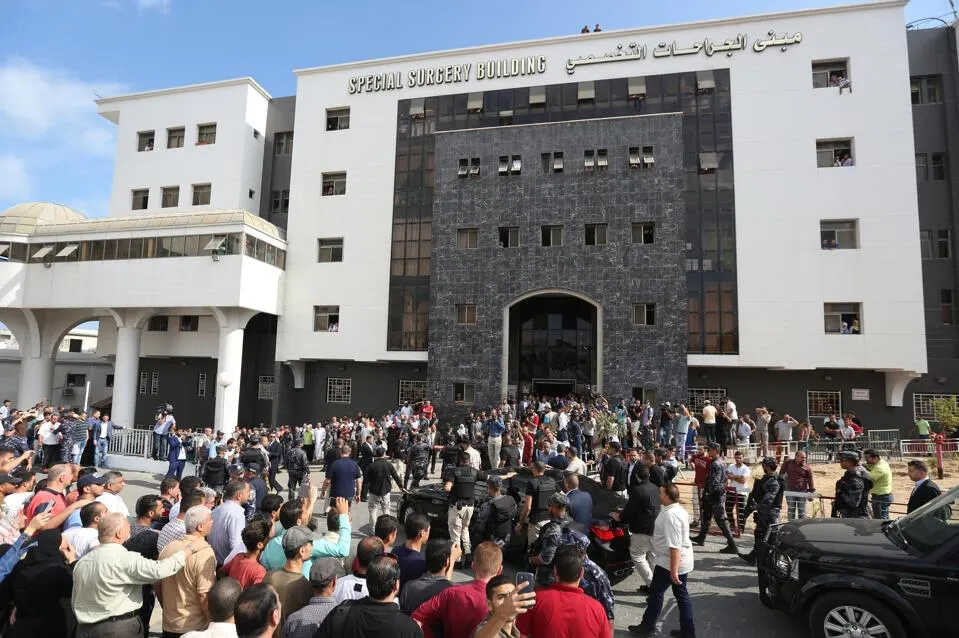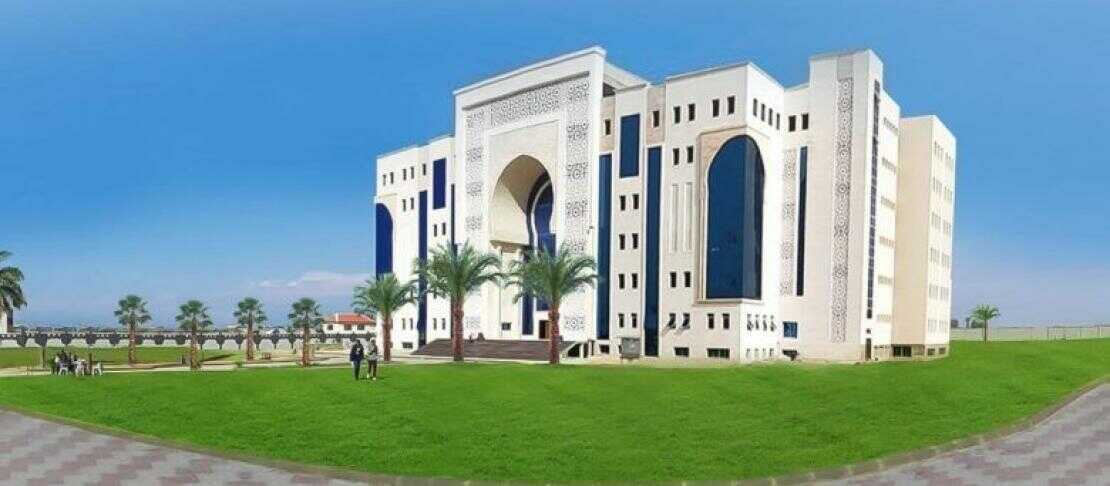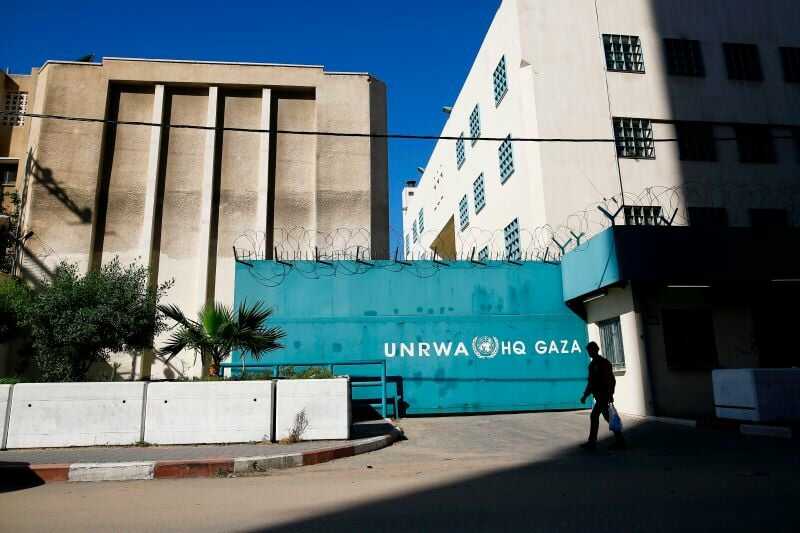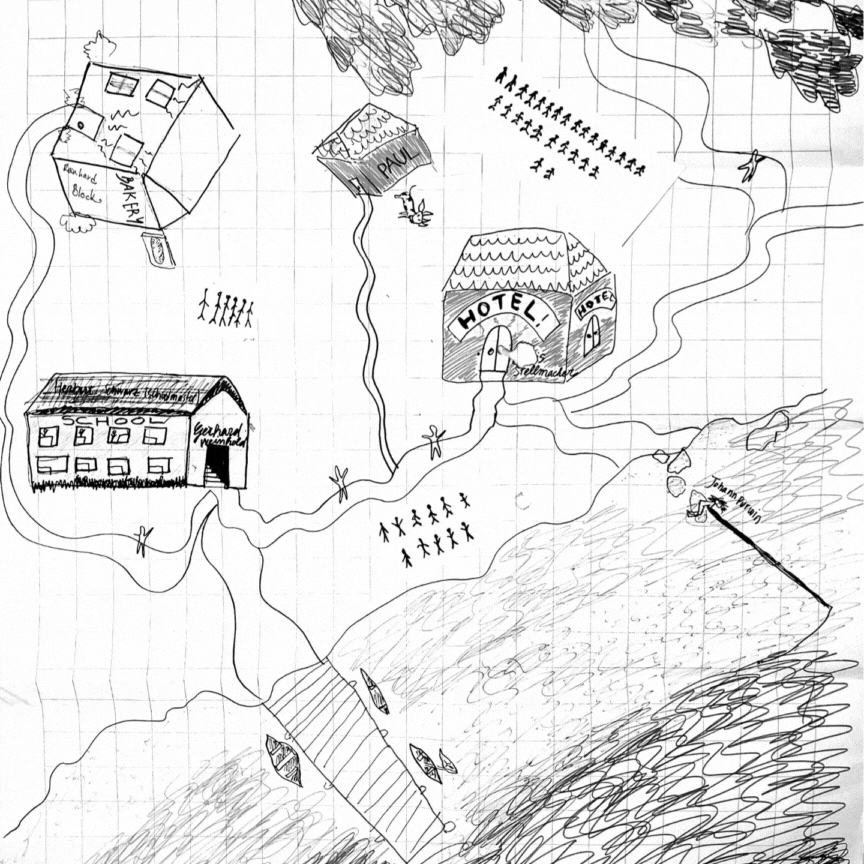January Chronicle by Sara Alberani. Eszter Dobos & Francesca Pionati
INSTITUTIONS
Through this research group, we are questioning together the possibilities/impossibilities of collective remembering through institutions.
LAND
Learning from Palestine
Questioning the land, layering the housing
On a kitchen floor, with large sheets of paper, we tried to formulate many questions and find some answers.
How to conceive the question of the land in Palestine both from a geopolitical point of view and in relation to its resources?
What is the Israeli military occupation in the Palestine territories producing? And what does it ask us to look at?
What is the notion of land in Palestine?
What does it mean in relation to the resources: the landscape, the plants, the ecosystem and so on? We can imagine telling the story of the land of Palestine as the body of a tree.
Which grew before and after the occupation.
When does the land become a political infrastructure?
We thought about the non-visible, the underground, the tunnels. In relation to the technological infrastructure of the border - which is everywhere - through checkpoints there is a fragmentation of land. This is done on purpose, so that through dispossession and disruption the notion of land, associated with that of inhabiting, can disappear.
But this technological infrastructure serves both to control and to resist.
As we see in Gaza, there are tunnels that carve out the concept of land and liberation.
On the other hand, the Israeli military occupation acts through control, e.g. checkpoints, trying to map another notion of land linked to that of the nation state.
We need to layer different notions of land related to landscape, geopolitics and how they shape different maps.
How do checkpoints fragment the grounded knowledge buried beneath the land?
How does a cactus or an olive tree embody the history of Palestine?
How can plants, through their roots, send signals to each other, and what do they sound like? Plants can cross colonial borders.
How is it forbidden to cultivate or harvest certain plants, as in the film[1] we saw yesterday?
How is the ban on foraging plants an interruption of the Palestinian culture, and its harvesting a way to resist?
How seeds can grow as the generations go on?
When does the land become a territory?
What does grounded knowledge, coming from the land, looks like?
How are natural resources - e.g. fossils, fuels, water - weaponized by settler colonialism?
When did the land become an inscribed soil?
How does the landscape tell the history or stories of the land?
Eyal Weizman[2] made an interesting speech: reading the landscape or history through the architectural landscape, so knowing what kind of weapons are there through the eyes of the rebels. The term ‘Gaza pyramids' means that the bombed houses are shaped like pyramids. By observing them, they realised that they came from a new weapon that Israel had never used before.
The question of landscape can be situated in a very practical question: When is the moment when I see a picture of Palestine and I am able to say: Yes, this is Palestine!
What is the implication of this removal and what is happening with the representation of Gaza as we see it now in rubble?
What if the imagery we have access to from Western countries is durable? This creates a tension that produces a stereotype.
How can this imagery be transformed and repaired to a place where people belong to the landscape and inhabit it?
How does the land nourish people? This question is very close to the film Foragers.
How agriculture and culture are controlled through seeds?
Seeds are often not officially banned, e.g. in Turkey they are played through the law.
If you want to use the seeds you need a license.
Very old seeds, dating back hundreds of years, should be legalized. They are not banned directly but are understood to be unrecognized.
The seeds own memory.
Under the licence system, new seeds cannot be created, but must be commercialised.
In this way, entire communities become non-self-sufficient, tied to state economies and controls.
[1] Foragers by Jumana Manna, 2022 https://www.jumanamanna.com/Foragers
[2] Forensic Architecture: Notes from Fields and Forums, Hatje Cantz, 2012
HOUSING
What happens to houses and buildings in an occupied territory? How are their functions forced to change? Who do they cannot and cannot host?








